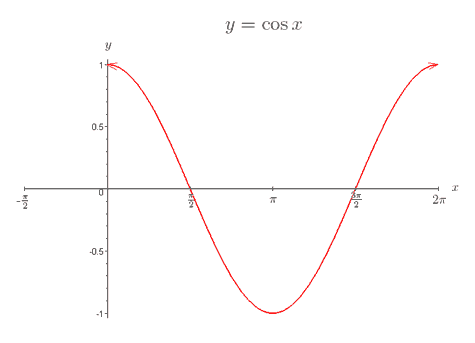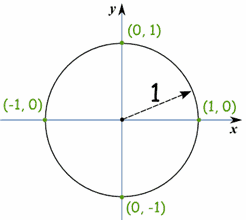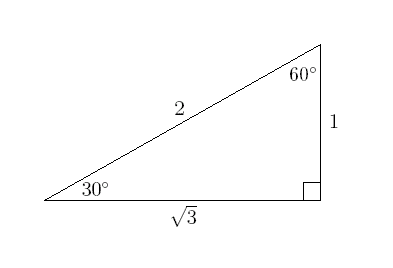Sine Graph vs. Cosine Graph
y= asin[b(x - h)] + k
y= acos[b(x - h)] + k
BOTH ARE AFFECTED BY THE SAME VARIABLES
a= amplitude (half the distance between the highest and lowest points)<- when this is negative the graphs flip
b= 2π/period
Period= one cycle of sine or cosine
h= horizontal shift
k= vertical shift
BOTH GRAPHS AFFECTED BY THE SAME VARIABLES
Questions:
1) Find the equation for the following graph:
2) Find the following equation:
3) y=2sin (1/2(x-2))+1
a. Find the amplitude
b. Find the period
c. Find the vertical stretch
d. Find the horizontal stretch
4) How is this equation different from the parent of cosine graph?
y=-1/2 cos (2(x+pi/3))+1
5) What does an amplitude of 2 mean on the unit circle?








